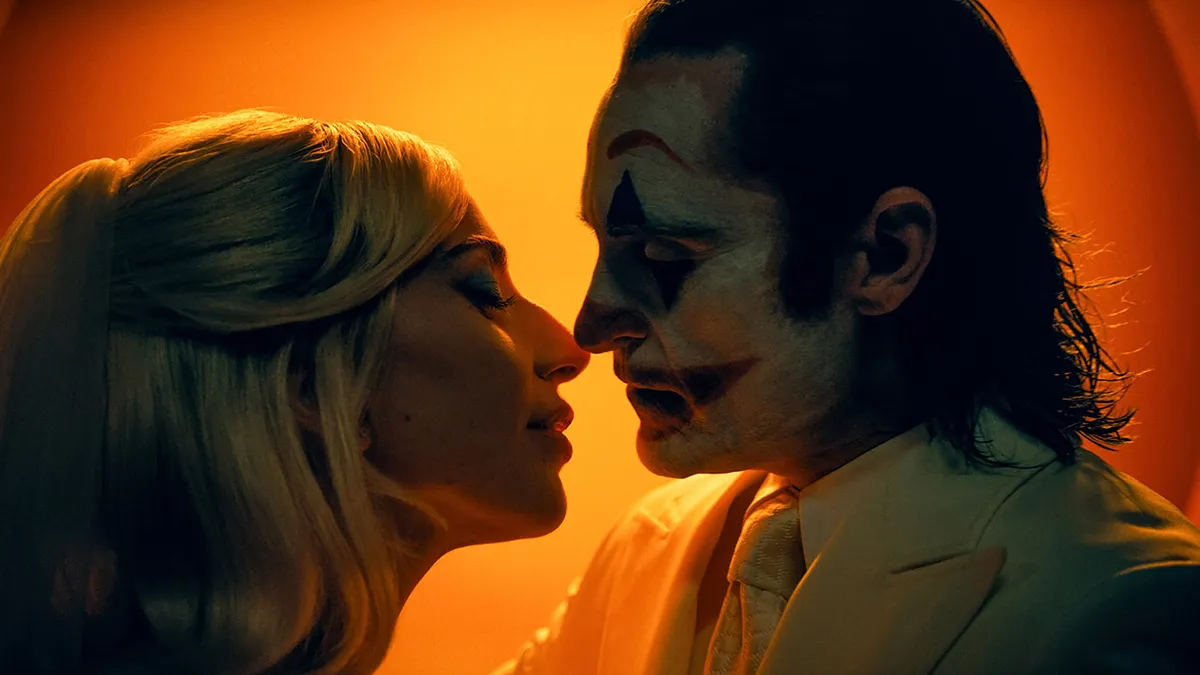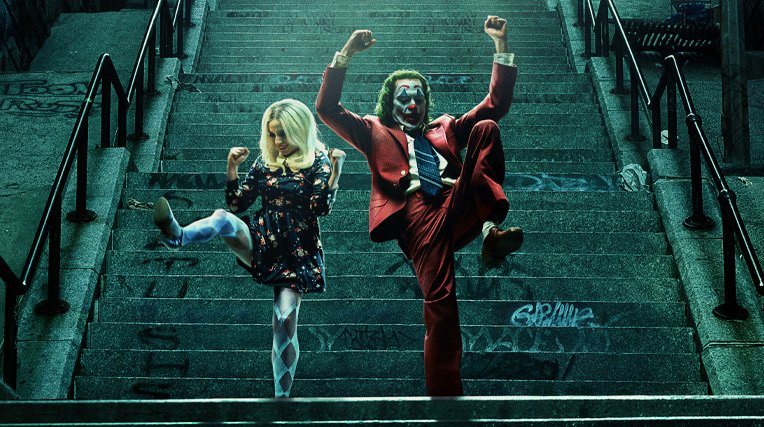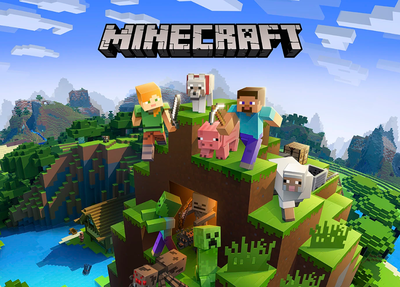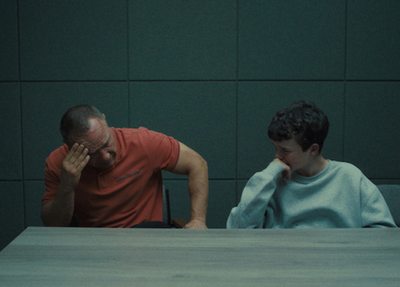
Detailed Impactful Content Guide - Joker: Folie à Deux
Jess on Oct. 3, 2024
Note: Joker: Folie à Deux has been given an R16 rating meaning only audiences over the age of 16 are permitted to watch it. The content warning includes bloody violence, suicide, sex scenes & content that may disturb.
We've put together this detailed content guide to help viewers understand the potential impact of the film. It covers intense themes that some might want to be aware of beforehand, so they can decide how it may affect them.
One of our Youth Advisory Panel (YAP) members attended Joker: Folie à Deux with Te Mana Whakaatu staff during the classification process. We’ve included their thoughts on the scenes they found most impactful throughout this guide.
***This guide contains spoilers for the film and discusses content that might be challenging for some viewers.***
What’s it about?
In Joker: Folie à Deux, Arthur Fleck is institutionalized at Arkham State Hospital and awaiting trial for his crimes as Joker. While grappling with his dual identity, Arthur falls in love with fellow inmate Harleen “Lee” Quinzel. As their connection grows, Arthur also begins to discover the music that's always been within him, while outside, his followers rally, determined to free him.
Quick facts:
- Sequel to Joker (2019)
- Directed by Todd Phillips (Joker, War Dogs)
- In the leading roles are Joaquin Phoenix, who won the “best actor” Oscar award for his performance in the first film (Joker, Napoleon, Beau is Afraid), and Lady Gaga (House of Gucci, A Star is Born)
- English language
- Runtime: 139 minutes
- Joker: Folie à Deux is based on characters from the DC comics

What to expect:
Joker: Folie à Deux is a dark musical thriller that delves into themes of mental illness, violence, and trauma. Arthur’s mental health struggles are portrayed through a blend of sadness and aggression, and could lead younger audiences to idolise his character. This glorification of violence risks overshadowing the serious nature of mental illness and trauma, making it harder to recognise the real-life consequences. The narrative in the courtroom around Arthur’s offending may be seen to reinforce harmful stereotypes that associate mental illness with criminality.
The film hints at Arthur having a split personality disorder, with his lawyers arguing that "Joker" committed the murders, not Arthur. The court case debates whether Arthur is faking his illness.
Our YAP member said the film's depiction of mental illness was complicated and they felt sympathy for him, which made them feel strange. They thought the film could be seen as glorifying killer culture for younger viewers, and they might not understand the sadness of it. They also raised concerns about younger viewers idolising Arthur’s chaotic character and the Joker persona, and said Lady Gaga’s popularity could attract an audience that may not be prepared for the film’s darker tone.
Violence:
The film is heavy on violence. A particularly intense scene shows a character being repeatedly stabbed in the stomach by another inmate, with close-up shots of the bloody aftermath. Another violent moment occurs during a fantasy song-and-dance sequence when a character is shot in the stomach. While some details are blurred, the violence becomes clearer later when the injury is shown again.
After an explosion in the courtroom, multiple dead bodies are shown briefly, and the sound is muted to reflect the character's perspective as a survivor. In the same courtroom – this time during a fantasy sequence – a character kills several people, including a lawyer who is struck with a wooden stool, and others who are shot. The judge is also beaten to death with a gavel, after which you see a bloody injury.
During Arthur’s trial, a witness giving their testimony describes some of Arthur’s violent acts from the first film. They are visibly upset while recounting the experience.
The YAP member found the violence particularly gory, especially in the scene where a character was stabbed in the stomach, and the scene where the judge was killed with a gavel. They noted that the musical elements sometimes trivialised the violence. The YAP member said the witness giving their testimony was very emotional and highlighted the impacts of violence.
Cruelty:
Cruelty is part of life at Arkham, where Arthur is locked up. The inmates are kept in small, dark cells, use buckets for toilets, and are regularly harassed by guards.
One scene highlights the guards' cruelty when they mock a character, by telling him Arthur will teach him to kiss. When the character asks Arthur for a kiss, he gives him one, and the guards laugh at their interaction. Later on, this character is strangled to death by guards. While you don’t see it, their death is heard from the main character's cell, adding emotional intensity to the scene.
Guards retaliate against Arthur for insulting them on television. They punish him upon his return to the asylum, dragging him aggressively into the bathroom and forcefully undressing him. As they rip off his pants, Arthur sarcastically remarks that they should "buy him dinner first." The scene cuts before anything more is shown. After this Arthur is shown back in court, and his body language makes it seem like something has gone wrong the night before. While it's not addressed, these events leave the implication of possible sexual assault.
Arthur is chained to a pole in the rain while guards stay dry under umbrellas. He also spends two weeks in isolation in a tiny, dark room with nothing but a bed on the floor. Even during moments of friendly interaction, cruelty seeps in, like when Arthur pats a guard on the back, only for him to slap Arthur hard around the head.
The YAP member thought the guards’ abuse of inmates and the psychological impacts had a big impact. They found the scene where the inmate was strangled especially unsettling.
Suicide and self-harm:
Suicide is a recurring theme in the film. There are several moments where Arthur and other characters express their dark thoughts and Arthur’s suicidal ideation is hinted at throughout. In a fantasy scene, he puts a gun to his head and fires the trigger – there is the sound of gunshot and brief blood splatter, but it quickly fades to black. The film portrays his violent alter ego, Joker, as an alternative to suicide, which could be unsettling for younger or vulnerable viewers.
At the end of the film, a character takes a knife and cuts slits into the sides of their mouth. This is shown in the background while another character is dying.
Sex scenes:
There’s a brief sex scene between Arthur and Lee. While it’s not explicit, it’s clear what they're doing, as the camera focuses on the top half of their bodies after Arthur is shown dropping his pants. There’s also a suggestion that Lee uses sex to get access to a prison isolation area, and there’s a brief non-sexual nudity scene.
The YAP member said the sex scene and relationship between Arthur and Lee felt transactional and raised concerns around consent.
Sexual and domestic violence references:
There are brief references to Arthur’s childhood, during which he suffered sexual and physical abuse from his mother. A photo of young Arthur’s bruised face is quickly shown in court.
These moments are fleeting, and the actual accounts of sexual and domestic violence are not explored in depth, however these references may still be upsetting for some audiences.
Other themes:
There are other themes that influenced the age restriction, including offensive language and the overall disturbing tone of the film. However it’s the violence, suicide and cruelty that is most likely to be upsetting for viewers.

Impact on Young Audiences:
Because of its serious subject matter, Joker: Folie à Deux has the potential to spark some serious, potentially confronting conversations. The first film’s success, along with the sequel’s big-name actors and dark themes might draw in younger viewers, but the film's intense content requires careful thought. Talking with others about your viewing experience can help you process the film’s heavy material. Here are a few questions to guide discussions with whānau of friends after watching:
- What did you think about the characters and their relationships?
- How did the film's portrayal of mental health make you feel?
- Did the movie’s themes come across clearly, or were they confusing?
- How did you feel about the ending?
- Were there any scenes that made you uncomfortable?
These questions can help viewers think critically about the film’s content and encourage more thoughtful engagement.
If you’re thinking about watching Joker: Folie à Deux, it’s important to check the content warnings and be aware of the themes.
If you’re struggling with heavy themes, here are some tips:
- Don’t feel like you have to watch something just because it’s popular
- If you will be watching, check in with yourself and listen to how you are feeling
- Take breaks if you’re feeling overwhelmed
- Really not feeling good? Consider leaving - it will always be available on streaming services later
Helplines
If something you've watched lingers in your mind, don’t hesitate to seek help. Filmmakers aim to make an impact, but your mental health should always come first.
The themes in this film may be distressing, particularly for those with similar experiences. If you're struggling with what you've seen, or if you or someone you know needs support, please reach out:
Further reading
- When trauma is involved, there are no spoilers – Blog
- Joker: Folie à Deux - Content Breakdown
- Why are ratings and content warnings important for me and my whānau?– Blog
- Joker 2 is "daring" and "darker" than the original, says Venice Film Festival chief - GamesRadar.com article
Subscribe to our blog
Stay up to date with the Classification Office blog.


